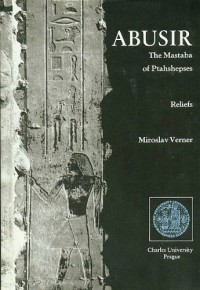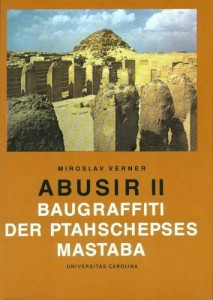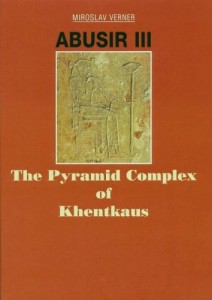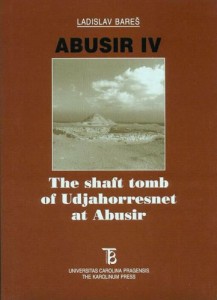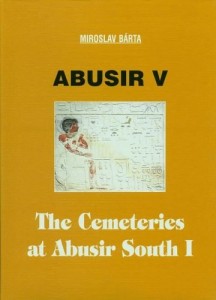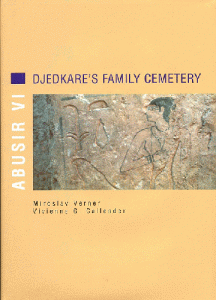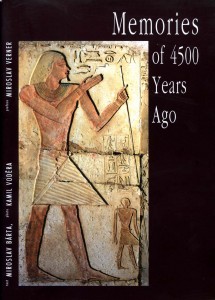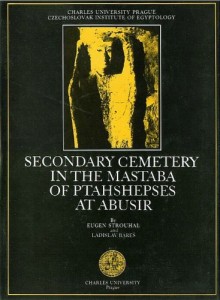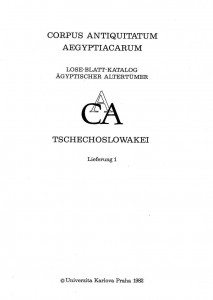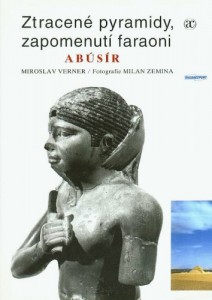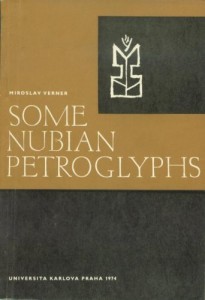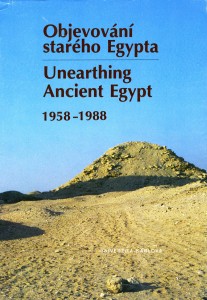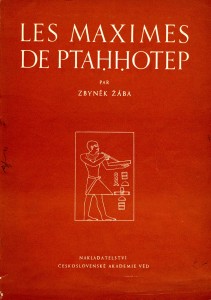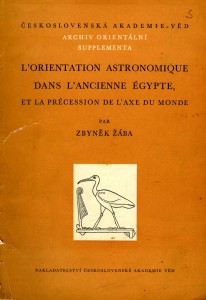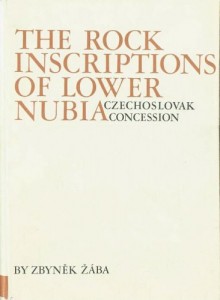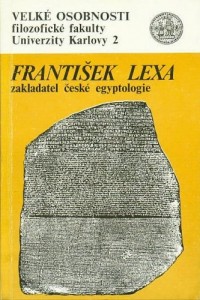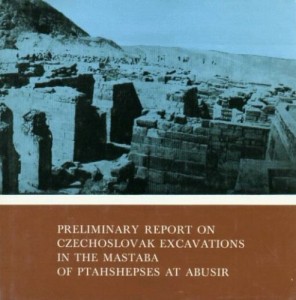The Ancient Near East after 1919
By Alex Joffe
Did the Ancient Near East exist before 1919? Of course it did; that's why it is ancient. But in another sense it did not; 1919 marks the end of World War I, and prior to that date study of the Ancient Near East, though copious, was neither especially systematic nor particularly scientific. But advances after 1919 came with a cost.
November 2018 marked the centennial of the 'war to end all wars,' a phrase that is unfortunate in many ways.

Minto War Memorial, (Scotland), dedicated 1925. The face is based on Desmond Elliot, son of the Earl of Minto. Photo by the author.
But in some ways 1919 was more consequential. The Treaty of Versailles, which formally ended the conflict, was signed in June 1919. This was followed by other treaties that sound like fine French wines–Saint-Germain-en-Laye, Neuilly-sur-Seine, Sèvres, Lausanne–that ended the conflict for the Austro-Hungarian and Ottoman Empires and effectively divided those empires into pieces. The treaties created the world as we know it, a patchwork of warring nation-states amidst new empires.

Prior to the war excavations took place in the various provinces of the Ottoman Empire, as well as in Egypt, controlled by the breakaway regime of Muhammad Ali and then the British (after 1882), and Iran under the Qajar dynasty. Westerners had been coming to these regions for centuries but systematic study is usually dated to Napoleon's conquest of Egypt in 1798. Teams of scholars and scientists spread out over the country cataloguing the landscape, flora and fauna, and antiquities, and producing the multi-volume Description de l'Égypte in 1809.

The 19th century saw a rush to study Egypt and Mesopotamia, and to extract objects and monuments to fill new national museums. A new world had been opened in Egypt with the decipherment of the Rosetta Stone in 1822 – found by the French, taken as booty by the British. The gradual opening of excavations in Mesopotamia in the 1840s and 1850s by complex figures like Austen Henry Layard (at once a commercial agent, diplomat and spy) led to the decipherment of cuneiform writing and to an understanding of Mesopotamia at an entirely new level, in their own words. Excavations proliferated across the regions, producing immense clearances of buildings, countless finds, and tens of thousands of texts.

Driven largely by a Biblical worldview which put ancient Israel at the center of most things (as well as some German scholars who strove to remove Israel from real consideration), various evolutionary schemes which put Europeans at the pinnacle, and protected and even driven by ever-expanding European imperialism, the business of archaeology and its allied fields was as haphazard as it was competitive. Later in the century well-known figures like Flinders Petrie and Heinrich Schliemann were joined by many others, like Hormuzd Rassam, Édouard Naville, and Robert Koldewey.

Most had training, intuition, and varying levels of support from their home nations, whose museums they filled. Others had no training, while a few, like the Giovanni Belzoni earlier in the century–hydraulics engineer and circus strongman–were mere adventurers.
Brilliant work was done but basic observations, such as the nature of stratification–the chronological layering of deposits over time, which correlated to changes in styles of pottery and other objects–came only around the turn of the 20th century. Overall there was little understanding even of the sequence of cultures, much less their natures or the relationships between them. Still, these monumental undertakings created the foundations for all understanding of antiquity, but all research (except in the Ottoman and Iranian heartlands) had taken place under imperial domination.
World War I changed the geopolitical scene entirely. By siding with the Central Powers against Britain, France, Italy and Russia, the Ottoman Empire made a fateful and fatal mistake. In the aftermath of war its imperial possessions were decisively lost. Iran's Turkic Qajar dynasty would last until 1925 when it was replaced by the Persian Pahlavi dynasty. Through League of Nations 'mandates' Britain and France dominated the Levant and Mesopotamia until the 1940s when independent states emerged.
Near Eastern archaeology, like the world, emerged from the war as a different enterprise. The British and French mandates over Palestine and Syria, de facto British rule of Egypt and Cyprus, the new secular Turkish Republic under Ataturk, and Pahlavi Iran, created a golden age for archaeology. Many of the excavations that provided the baseline for unraveling the archaeology of regions from Iran to Libya were launched. Iconic excavations like Megiddo, Uruk, Susa, Bogazkoy, Byblos, Babylon, Assur, and Dura Europos, were either launched or restarted in this era.
University trained scholars (still mostly but not exclusively men) like William Foxwell Albright and Henri Frankfort, armed with a higher baseline of historical and linguistic knowledge and better excavation and scientific skills, introduced a new level of precision to excavation and analyses. As the immensity of remains in Iran, Mesopotamia and Syria were exposed, the Biblical emphasis began to drop away and these cultures began to be appreciated in their own right.

Archaeologists moved mostly unimpeded from one region to another, producing a level of breadth that has not been achieved since. National antiquities departments were created by mandatory powers, along with museums, cadres of local archaeologists were trained, preservation laws introduced and sometimes even enforced. And word about archaeological discoveries spread around the world. This was the last period when newspapers followed archaeology with a certain passion, born of both Biblical and scientific interests.
Like all golden ages, it was brief. The Depression put the breaks on this brave new world of discovery that managed to limp along until the eve of World War II. Thereafter excavations were abandoned, publications languished, to be haphazardly relaunched by or under the new and generally impoverished national regimes in the later 1940s and 1950s.
Intellectually one of the most serious by products of the interwar period was hubris, a sense that things had been worked out, both an outline of history and the methods to reconstruct the past. One result was that sites were relentlessly and even ruthlessly excavated with no thought to leaving portions for future generations.

Aerial view of Megiddo after the conclusion of the 1937 season. Megiddo II, frontpiece.
Another was the idea that elaborately spun webs of chronology, based on Egyptian and Mesopotamian correlations, had worked things out with precision. The discovery of radiocarbon dating in 1947 put an end to this particular conceit, which then began anew. Perhaps above all was the lazy belief that the status quo of Western intellectual privilege would somehow last. Of course that too was an illusion. But of the many illusions shattered by World War II, these were among the least significant.
The interwar era was indeed golden, at least from the perspective of Western archaeologists. It was somewhat less golden for local peoples and traditions, who mostly found themselves shut out of the intellectual enterprise and emerging narratives about the past. Racism was not uncommon; this was the era of classification tinged with scientific racism, from the high class phrenology of physical anthropologists trying to decipher the ancestry of ancient peoples and their relations to the present, to the proud flying of the Nazi flag over the German excavations at Uruk. Colonial powers created frameworks for studying the past where previously they had been thin or lacking, including the first universities and departments of antiquity, but nationalist forces, particularly after the war, routinely exploited 'their' pasts to glorify regimes in the present.
Still, it is useful to ask what our understanding of the Ancient Near East would look like without 1919. With all due respect to dedicated Ottoman scholars and brave Westerners, it would not have been the same. The interwar period was critical for developing the fundamental systematics of chronology and history, the sequence of Stone, Bronze and Iron Ages and the succession of cultures, and the detailed typologies of pots, stone tools, and the like. Without the sheer intensity of work that followed World War I it is unlikely we would have the same understanding today.
Or perhaps we would. Counterintuitive history suggests that a liberalizing Ottoman Empire that had not made the fatal error of joining the Central Powers could have embraced science, including archaeology, and opened itself further. Without the post-war virus of nationalism that impelled local groups to demand their own territories, liberalizing empires could have afforded scholars the same kind of range, from Egypt to Iran, generating the same broad perspectives that we have today. Of course, as the saying goes, if my grandmother had wheels she'd be a trolley car.
But was it worth it? World War I was long preceded and then accompanied by episodes where the Ottomans slaughtered over two million Christians, Greeks and Armenians. This is in addition to the 20 million killed during the war itself. Had Archduke Ferdinand survived in Sarajevo in 1917 imperial oppression and slaughter would have continued, and it is entirely likely that some other pretext would have been found for empires to fight one another. Study of the past hardly seems worth the price.
So should we celebrate 1919? At one level the answer is simple. The first war that featured industrialized warfare and mass slaughter was ended; German militarism was defeated, and decrepit, repressive empires were destroyed. And a new era of scientific study of the past was launched, creating the real foundations for deep and subtle understandings of ancient societies and the development. We are the direct beneficiaries.
But at another level the answer is not so simple. Defeat of Germany laid the foundation for fascism and Nazism, whose horrors exceeded those of its predecessor. The brief era of European colonialism helped create independent nation-states that have been at war with one another almost constantly since. And the very contexts that make scientific study of the past possible – scientifically oriented, urbanized industrial societies with mechanized agriculture – are everywhere erasing the physical traces of the past at ever increasing rates.
Still, it is difficult to imagine things turning out differently, or at any rate better, had the Allies not been victorious over the Central Powers. So two cheers for 1919.
Alex Joffe is the editor of The Ancient Near East Today.







 Wikicommons
Wikicommons 
